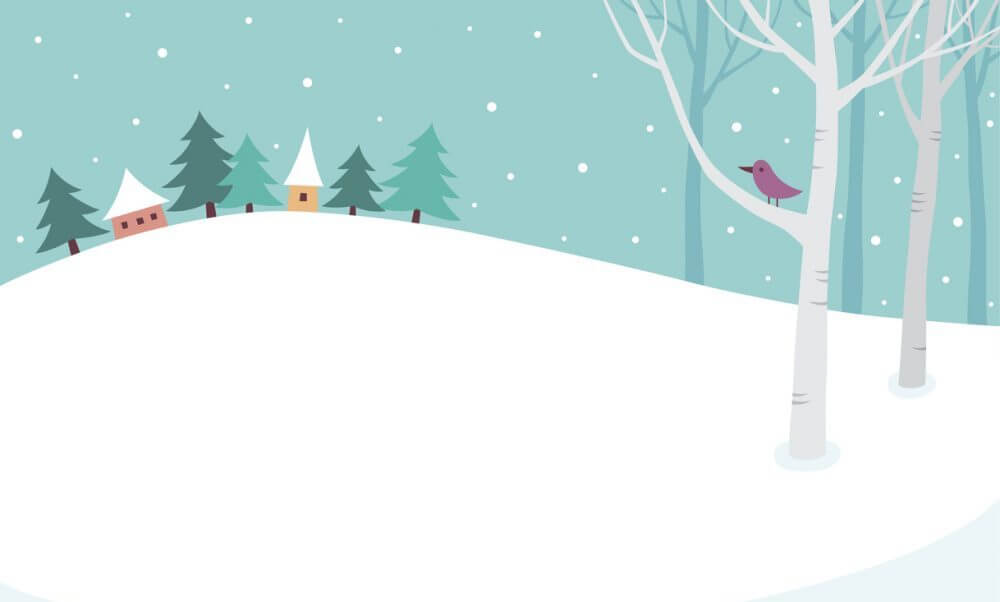Season’s greetings from all of us here at Chippers!
A typical New England winter can spell trouble for a lawn: extreme cold, ice, high foot traffic, snow mold disease, rock salt, and plows. If that is not enough, voles can eat your grass underneath the snow cover, only to be discovered in the spring as a matrix of surface tunnels.
Snow and Ice
Snow can provide an insulating cover protecting your lawn from extreme low temperatures that could otherwise cause patches of winter kill. Winter desiccation can occur with a lack of snow cover, exposing your lawn to drying winter winds. Ice damage results when prolonged periods of ice cover, especially beyond a month, cause the turf to expire due to the inability to “breath” properly. A fall core aeration and improving drainage to areas prone to ice up through a grade change can help reduce ice damage.
Foot Traffic
Repetitive foot traffic combined with the freezing and thawing of warm days can cause the cells within the grass plant to rupture. This is especially true when walking on your dormant lawn, say to a wood pile or your shed to retrieve the snow blower. Continual walking can cause minor to extensive injury, especially during the winter when the turf cannot recover through new growth. Creating a walkway is an easy fix if you find yourself walking the same route each winter versus continual reseeding.
Snow Mold
Although snow can be a friend to lawns, it can also promote grey or pink snow mold. Gray snow mold needs snow cover while pink can grow with or without snow cover and is much more damaging. The best way to prevent snow mold is to have your lawn clean of debris and cut short going into the winter months. In the spring, lightly rake any pink or gray patches to help dry and warm the soil to encourage recovery.
Rock Salt
Rock salt washing onto a lawn area from use along driveways and walkways is a very common form of winter damage. A plant-friendly ice melting product is one containing CMA. Although more expensive, the savings gained by not having to reseed or replace ornamental plants far outweighs the cost of ice melts containing CMA. (See my November 16, 2015 post The End of Fall Ushers in Ice Melt Season, for more on rock salt versus less damaging options.)
Plows
Plow damage is preventable, but is a very common form of lawn damage. Using a snow blower can virtually eliminate this type of damage and using stakes to mark the boundaries between the lawn and driveway is another helpful means to mitigate turf damage as a result of plowing.
Voles
Voles are mice and like to eat grass under snow cover. The best advice to remedy a vole situation is to place mouse traps out in the early spring and late fall, using peanut butter as a bait. We have seen good results placing traps at the edge of planting beds or fresh tunnels where voles can be found foraging for another grassy meal. (See my October 20, 2014 post Moles and Voles in Your Landscape)
Although some of the issues brought on by winter cannot be avoided, others certainly can with a little forethought and preparation. As always, a healthy lawn is better able to deal lawn stresses, including those that winter can throw our way.

Winter is Harsh on Lawns
Tags:
chippers
, snow mold
, winter damage
, concord lawn care
, nh lawn care
, vt lawn care
, voles
, rock salt
, winter lawn care
, plow damage

